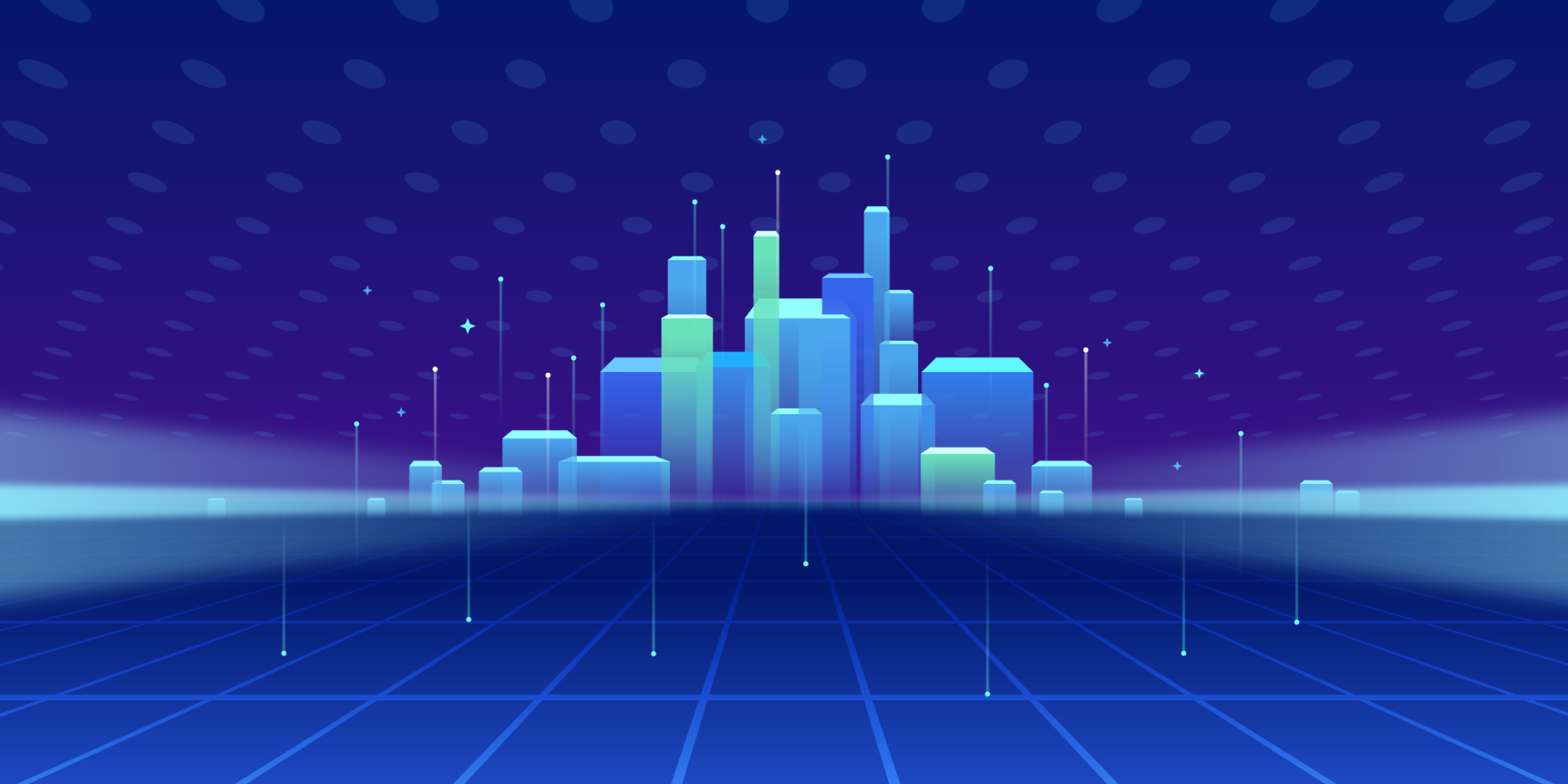How Artificial Intelligence is Transforming the Robotics Landscape
How Artificial Intelligence is Transforming the Robotics Landscape
How Artificial Intelligence is Transforming the Robotics Landscape
Artificial Intelligence (AI) and robotics have been two groundbreaking technologies that continue to evolve and change the world as we know it. While robotics has already made significant strides in various industries, the integration of AI has further revolutionized the robotics landscape. AI-driven robots are now capable of learning, adapting, and performing complex tasks independently, making them invaluable in various fields, from healthcare to manufacturing. In this article, we explore how AI is transforming the robotics landscape and its potential impact on society.
The Integration of AI in Robotics
Artificial Intelligence serves as the brainpower behind the robots, enabling them to analyze data, make informed decisions, and perform tasks autonomously. With the advent of AI, robots have become more intelligent, versatile, and capable of completing intricate tasks that were once limited to humans.
1. Enhanced Autonomous Capabilities: Traditionally, robots were programmed to follow pre-defined instructions and perform repetitive tasks. However, with AI, robots can now adapt and learn from their surroundings, making them more autonomous. Through machine learning algorithms, robots can process vast amounts of data, identify patterns, and continuously improve their performance.
2. Natural Language Processing: AI-powered robots can understand, interpret, and respond to human language. This capability has enabled the development of intelligent personal assistants such as Amazon’s Alexa and Apple’s Siri. In addition, in sectors like customer service, robots can interact with customers conversationally and provide real-time assistance.
3. Collaborative Robotics: AI has opened up new possibilities for humans and robots to work together collaboratively. By incorporating sensors and AI algorithms, robots can detect human presence and intention, making them safe and efficient colleagues. Collaborative robots, also known as cobots, are now being used in manufacturing environments to assist human workers with repetitive and physically demanding tasks.
AI and Robotics in Different Industries
The integration of AI in robotics has paved the way for advancements in various industries, bringing numerous benefits and transforming the way we work. Here are some sectors that have witnessed the positive impact of AI-powered robotics:
1. Healthcare: AI-driven robots are playing a critical role in healthcare, performing tasks such as surgery, patient monitoring, and drug administration. These robots can assist healthcare professionals, increase precision, and reduce human error. Moreover, they can analyze medical data to identify patterns and assist in disease diagnosis.
2. Manufacturing: The manufacturing industry has embraced AI-driven robots for their efficiency, accuracy, and flexibility. These robots can carry out complex assembly tasks, perform quality control checks, and increase productivity on assembly lines. AI-powered robots can easily adapt to different manufacturing requirements and optimize operations.
3. Transportation and Logistics: Autonomous robots equipped with AI algorithms are transforming the transportation and logistics landscape. Self-driving vehicles, drones, and robots are being used for delivery and warehouse management. These robots can optimize routes, monitor inventory, and improve overall efficiency in the supply chain.
FAQs
Q: How is AI different from traditional robotics?
AI-powered robotics differs from traditional robotics in the sense that AI allows robots to learn, adapt, and make decisions independently. Unlike traditional robots that follow pre-programmed instructions, AI-driven robots can process vast amounts of data and continuously improve their performance.
Q: What are the potential ethical concerns associated with AI and robotics?
As AI and robotics gain prominence, ethical concerns have arisen. Some concerns include the potential for job displacement, privacy issues, ethical decision-making by autonomous robots, and the impact on social interactions. It is crucial for society to actively address these concerns and establish guidelines and regulations to ensure the responsible use of AI and robotics.
Q: Can AI and robotics completely replace human workers?
It is unlikely that AI and robotics will completely replace human workers. While AI-driven robots can automate repetitive and physically demanding tasks, there are many areas where human creativity, empathy, and complex decision-making are essential. The future of work is more likely to involve humans and robots collaborating, complementing each other’s strengths.
Conclusion
Artificial Intelligence has revolutionized the robotics landscape, enabling robots to perform tasks autonomously, learn from their surroundings, and collaborate with humans. The integration of AI in robotics has impacted various industries, from healthcare to manufacturing and transportation. While AI and robotics present ethical and societal challenges, their potential for transforming lives and improving efficiency cannot be overlooked. As these technologies continue to evolve, it is critical to strike a balance between innovation and responsible implementation.
External Links:
- How AI Is Revolutionizing Industrial and Business Processes – Forbes
- AI In Robotics In Business – AI Today Podcast
- Robotics News from Science Daily
Related Posts

Discovering Patterns in the Unknown: Exploring Unsupervised Learning Techniques

The Art of Crafting Compelling Réjoui – A Beginner’s Bride
